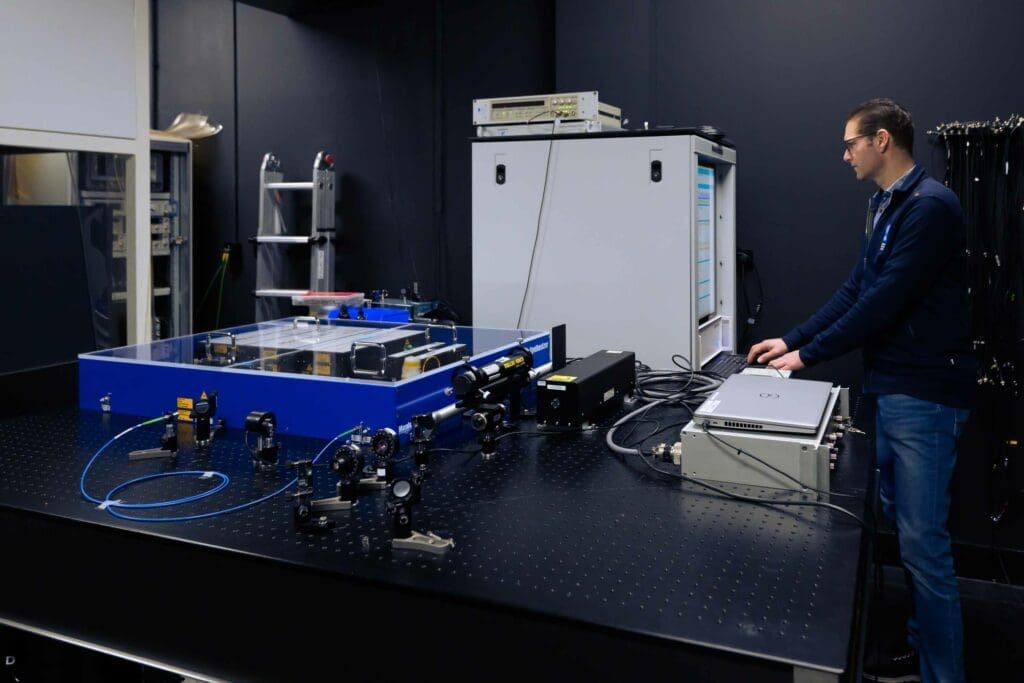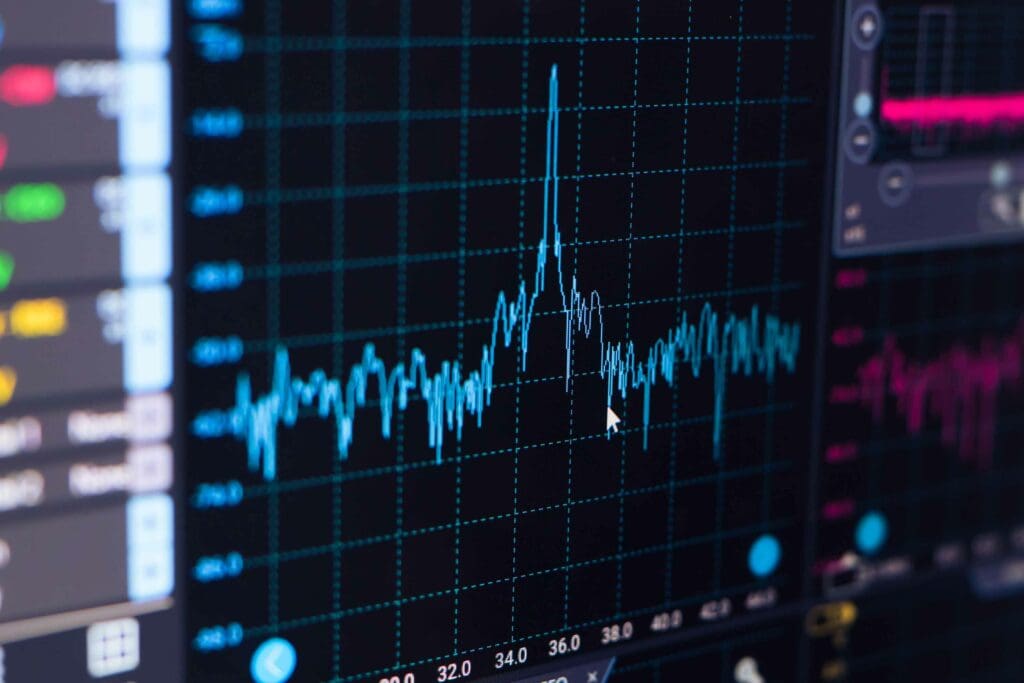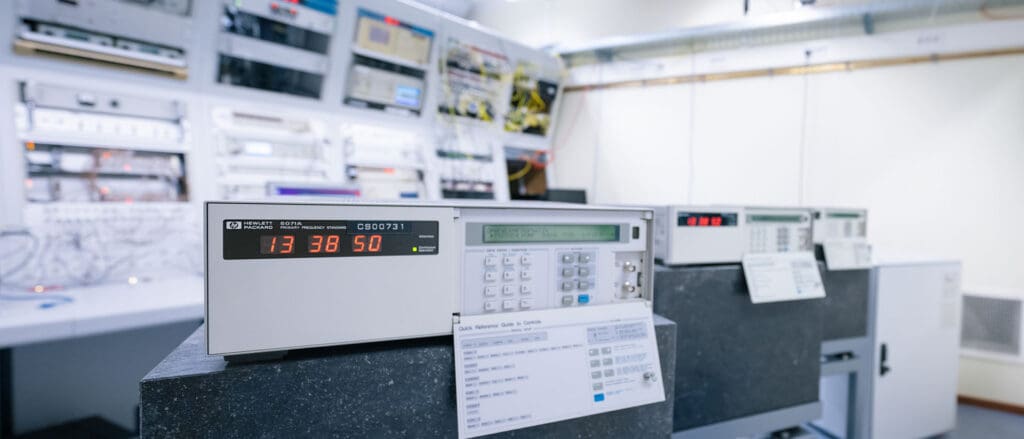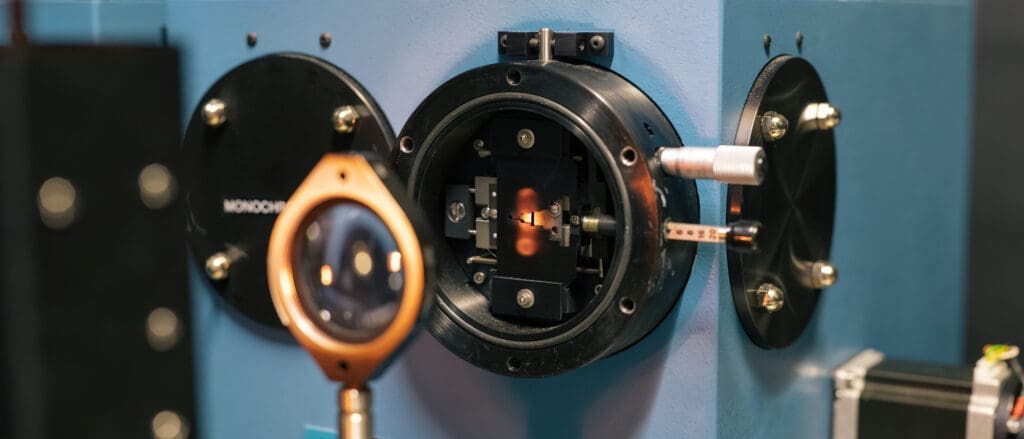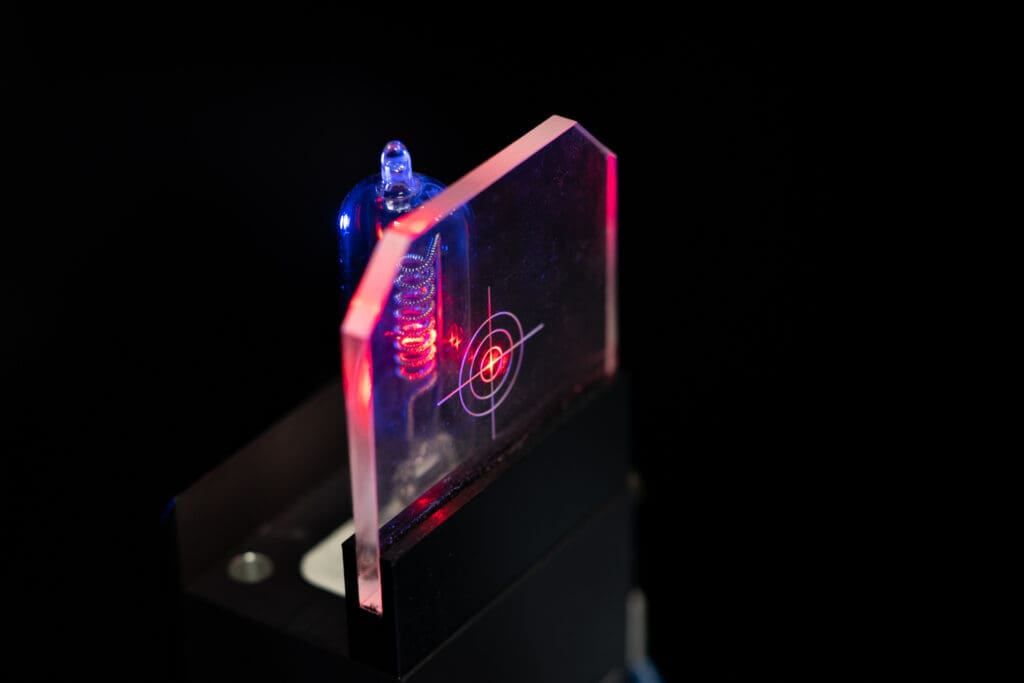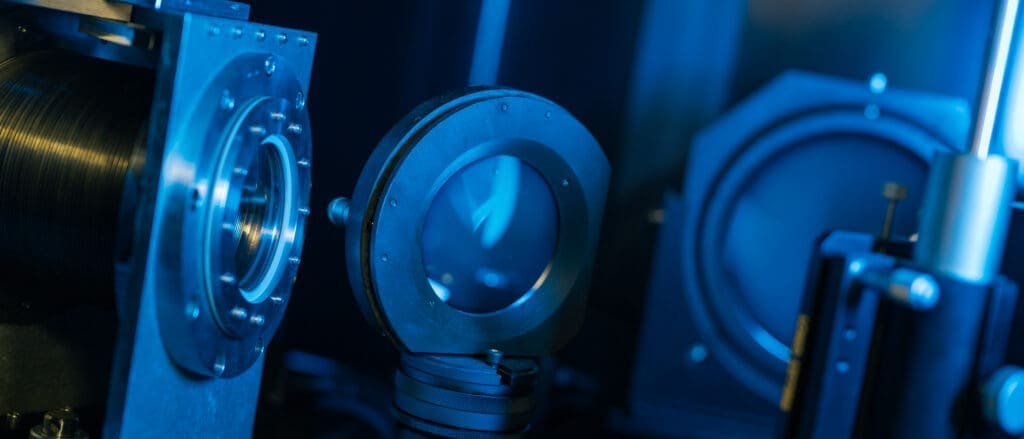High throughput metrology for nanowire energy (NanoWires)
Projects
High throughput metrology for nanowire energy (NanoWires)
Energy harvesting from renewable sources (solar, heat and movement) is a prominent solution to create small amounts of electrical energy in areas of difficult access, and energy harvesting devices have much potential to address our world energy problems. Nanowire (NW) based energy harvesting systems have achieved encouraging progress, but due to nanometre (nm) dimensions of the wires and large size (m2) of the devices, they also bring challenges for testing and characterisation. Average properties of energy harvesting devices can be measured, but a quantitative link and correlation between the performance of single NWs and that of the overall device is lacking. This project aims to develop reliable and high throughput metrology for the quality control of NW energy harvesting systems. Over the past two decades, major efforts have been made to develop energy harvesting devices from macro- and microscales down to nanoscale. Due to their extremely small physical size and high surface to volume ratio, NW based energy harvesting systems, including photovoltaic solar cells, thermoelectrical and electromechanical energy nanogenerators, have gained tremendous interest and encouraging progress has been achieved. In particular, it has been confirmed that the efficiency of NW solar cells can be enhanced from 17.8 % currently to its ultimate limit of 46.7 % by means of nanophotonic engineering. While novel designs and materials for various energy harvesting devices indeed offer many potential benefits, they also bring challenges for testing and characterisation. For example, the quantitative link and correlation between the performance of a single NW and that of the overall device is still missing. Moreover, no reliable metrology for large area NW arrays (from cm2 to several m2) with diameters between 50 nm and 1 µm is currently available. Quality control of these energy harvesting systems is therefore highly challenging, and high throughput metrology is necessary, which requires the development of traceable measurement methods and models for the characterisation of NW energy harvesters, solar cells and devices.
Our role
This project focuses the development of traceable measurement methods for high throughput nanodimensional characterisation of NW energy harvesters. VSL is leading a work package responsible for the high throughput nanodimensional characterisation of NWs. Newly fabricated nanowires are being measured by length and optics group with AFM and scatterometry techniques.
Start date: September 1, 2020
End date: August 31, 2023
–

Would you like to know more about our services?
Our experts are happy to help.
Lauryna Siaudinyte
Principal Scientist Electricity
Projects
Our expertise in practice
Read more about our projects.









